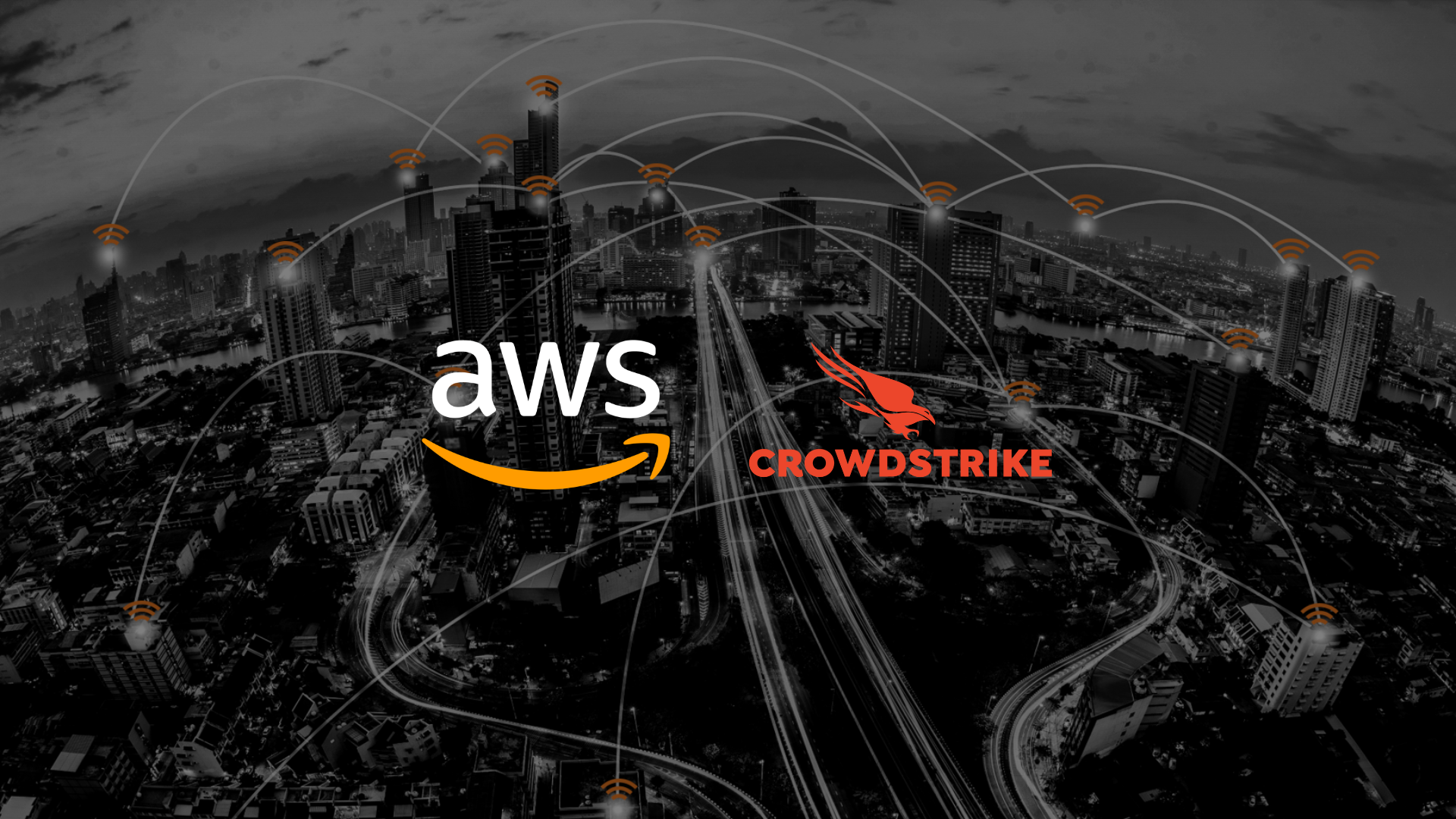Cloud dependency is growing, and so is the risk
In the last 18 months, two major technology incidents have shown just how dependent the modern world has become on cloud services.
In July 2024, the CrowdStrike update issue caused a global wave of outages that took down airlines, hospitals, and government systems.
Fast forward to this week, and we’ve seen AWS, one of the largest cloud providers in the world, experience a major outage affecting tools like Xero, Canva, and Atlassian, platforms used daily by millions of businesses.
These incidents have something important in common: they didn’t just affect the companies directly using those platforms, they rippled outward, impacting suppliers, customers, and partners who rely on interconnected systems.
The cloud has become the backbone of business
Cloud platforms like AWS, Microsoft Azure, and Google Cloud now underpin the internet as we know it.
They host the software, data, and services that most organisations use every day, from accounting platforms and CRM systems to communication tools and customer portals.
The problem? When one of those major providers goes down, everything connected to it does too.
And because cloud providers like AWS are now so embedded in the fabric of the internet, a single regional issue, like the US-East-1 incident this week, can cascade globally, interrupting systems you’d never expect to be related.
When everything’s in one place… everything stops
For many businesses, it’s convenient to keep production systems, backups, and data all within one cloud ecosystem.
But incidents like these highlight why that’s risky.
If your live systems and your backups both sit within the same platform, and that platform goes offline, you lose both access and recoverability in one hit.
That’s not just downtime; it’s data vulnerability and operational paralysis.
Resilience means diversification
The key takeaway isn’t to abandon the cloud, it’s to build smarter cloud strategies.
That means:
- Hosting critical backups on a separate platform or location (even another cloud provider or hybrid setup).
- Building in redundancy and failover options across regions or systems.
- Working with a proactive MSP who monitors dependencies and plans for resilience, not just uptime.
Having your systems in one place may be efficient, until it isn’t.
The future of IT is proactive and distributed
Incidents like these serve as a wake-up call.
They show that while the cloud gives us incredible scalability and convenience, true resilience comes from diversity, visibility, and preparation.
At Sunrise Technologies, we help businesses across the UK design IT systems that don’t rely on luck.
We build infrastructure that’s secure, distributed, and ready to adapt when something beyond your control goes wrong.

